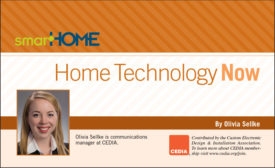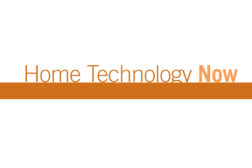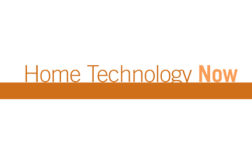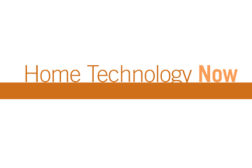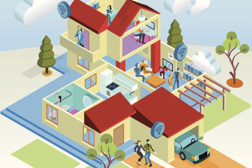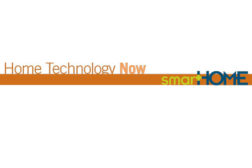ARTICLES
Getting Back to Lighting Basics
Lighting control can personalize a space and help create just the right mood or ambience for any activity
September 10, 2014
Be in the forefront of security intelligence when you receive SDM.
Join over 10,000+ professionals when you subscribe today.
SIGN UP TODAY!Copyright ©2024. All Rights Reserved BNP Media.
Design, CMS, Hosting & Web Development :: ePublishing

